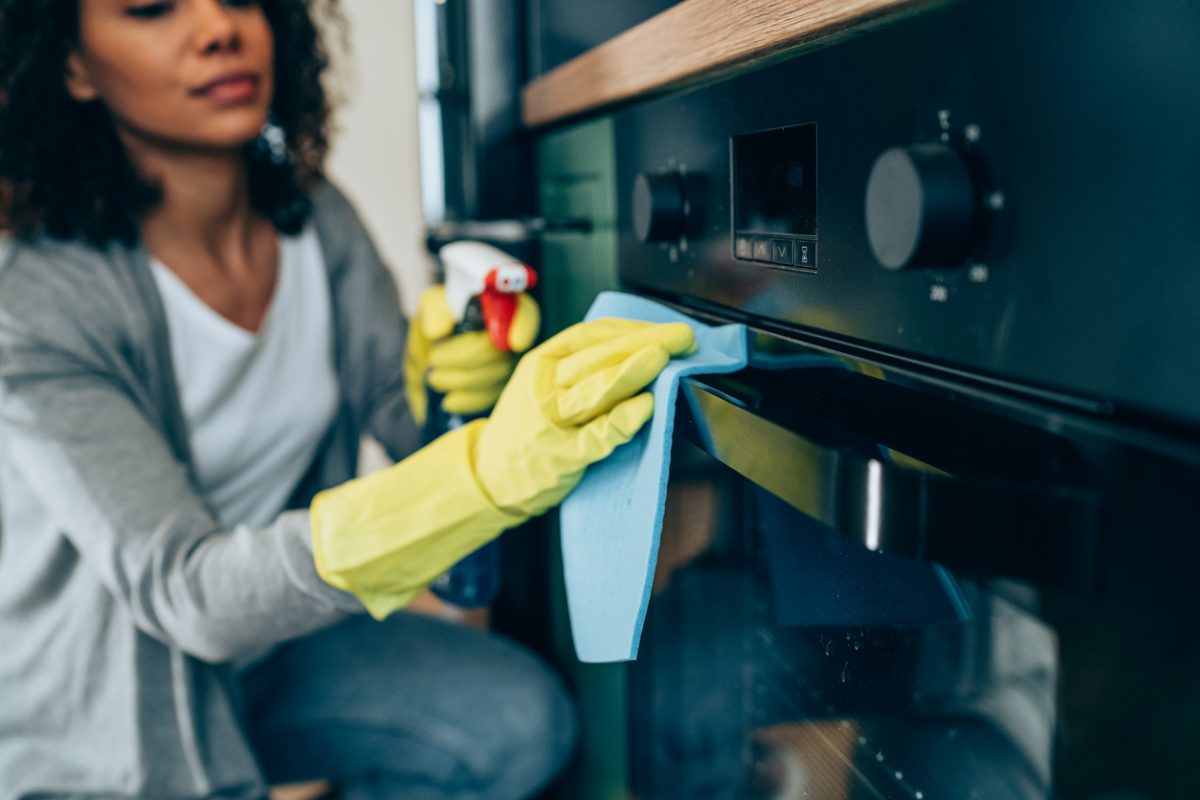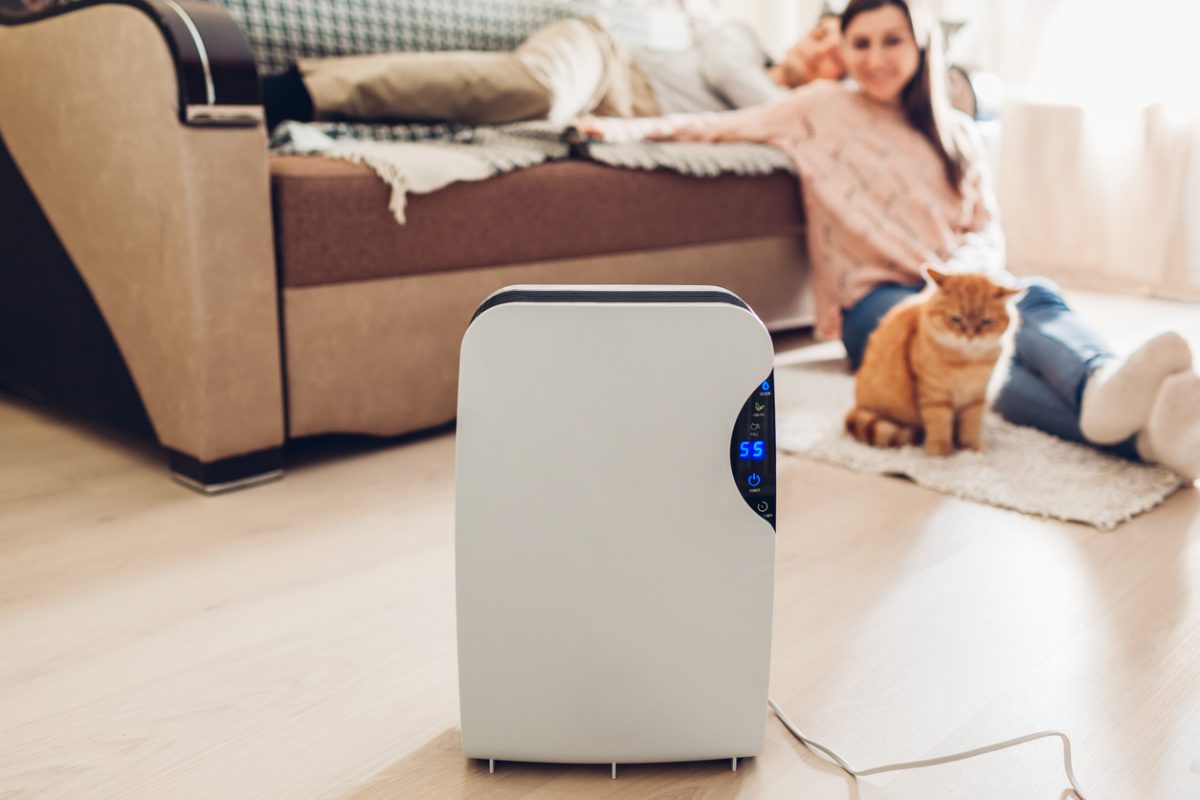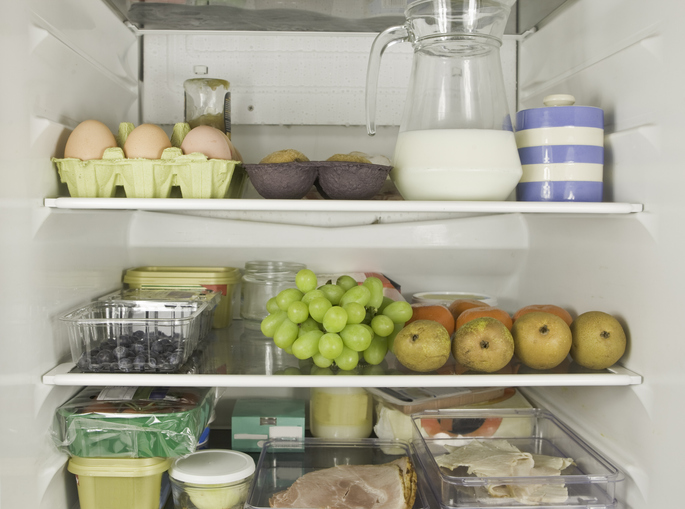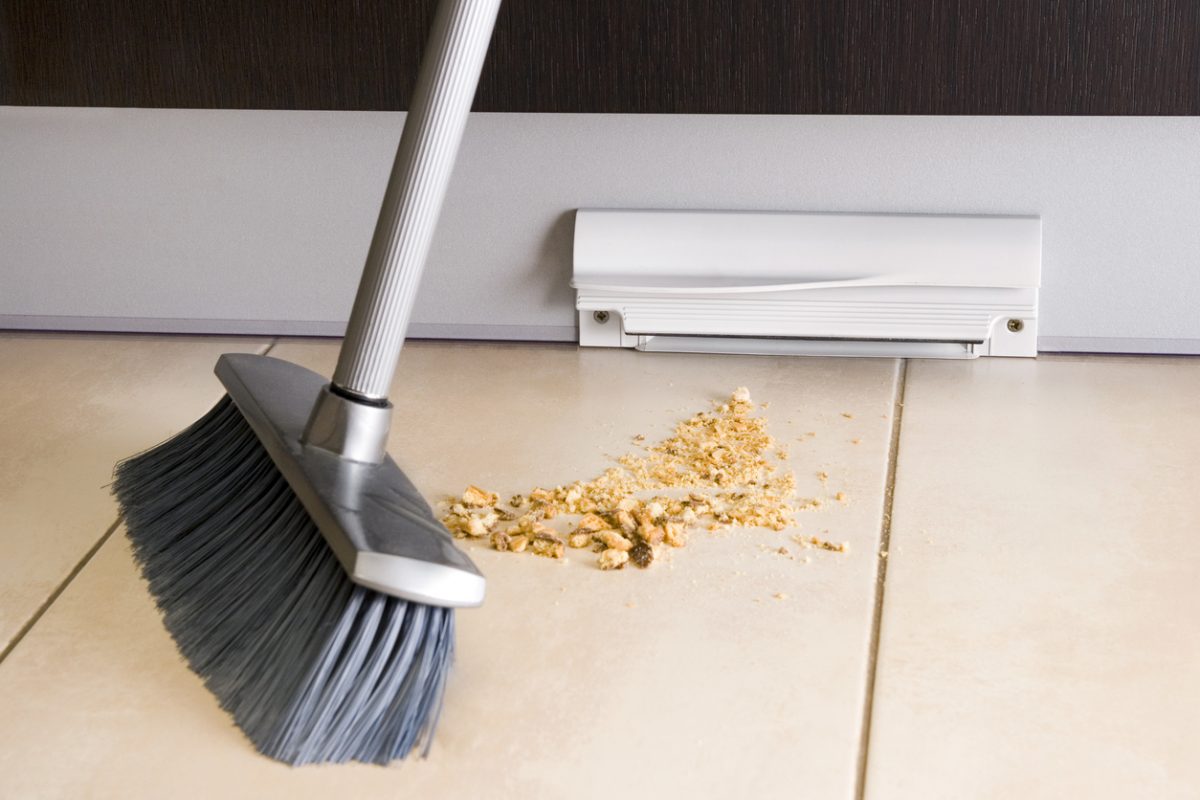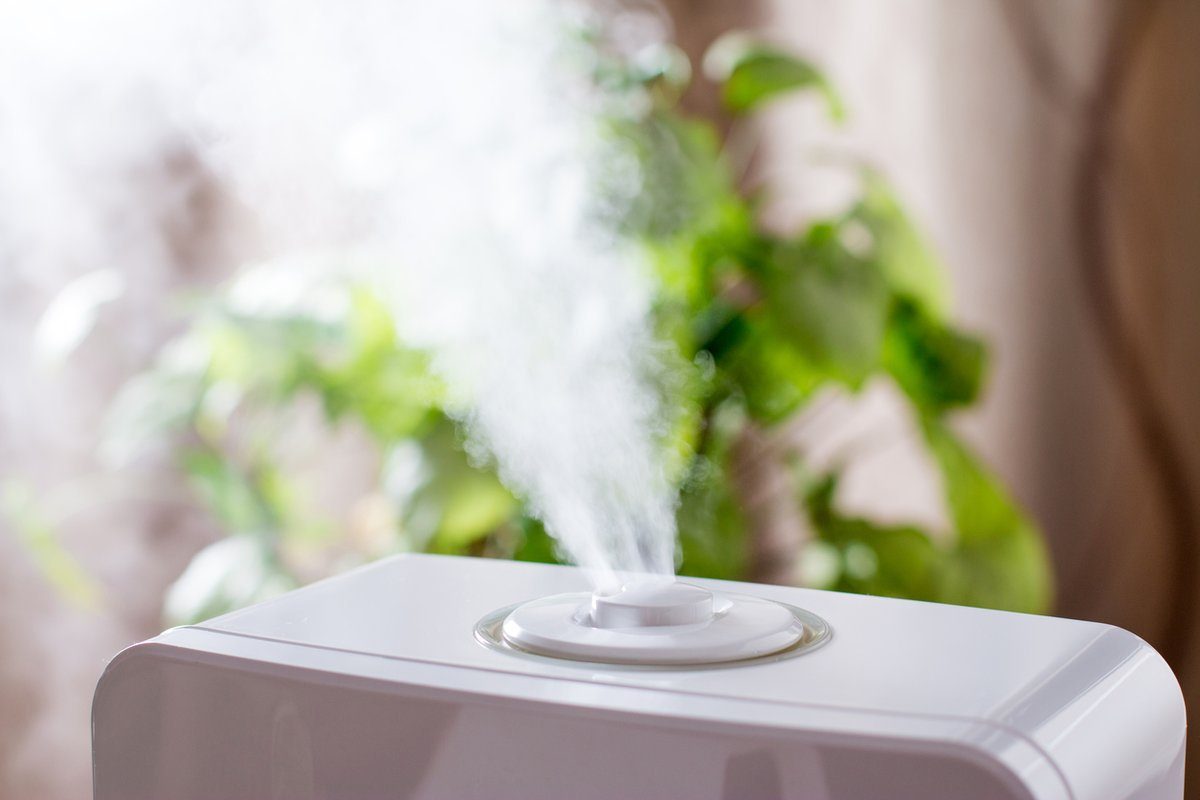Are you hosting a holiday feast this year? If you have cloth napkins and tablecloths, chances are you’ll bring them out to use when you’re hosting guests, and chances are, they will be quite dirty at the end of the meal! Cloth napkins are often considered a more sustainable option than paper since they rarely have to be replaced, and creative folding can make for fun presentation. However, cloth napkins and tablecloths also require proper laundering to last.

Many cloth napkins are made of linen, which is a more delicate fabric. That’s going to call for using your clothes washer’s gentle cycle. Washing cloth napkins may also take a little more thought and planning. With the variety of foods served during a typical Thanksgiving dinner, a single napkin could contain several different types of stains that need to be addressed in different ways.
We asked the experts at the American Cleaning Institute for advice on attacking food stains on cloth napkins and tablecloths. In general, linen and cloth napkins should be washed in the gentle cycle, in cold or lukewarm water.
Here are some tips on how to launder your cloth napkins and tablecloths so they’re clean and ready for the next big feast:
Oil-based stains: Thanksgiving favorites like turkey, gravy, butter and salad dressing could fall into this category. Pretreat them with a prewash stain remover before washing.
Fruit-based stains: Move quickly to treat stains from treats like cranberry sauce, apple cider and pumpkin pie. Run it under cold water to remove anything excess and treat the stains promptly. Wash in lukewarm water.
Beverage stains: Drinks like wine, coffee, tea and soft drinks are a big part of the Thanksgiving feast, but also bring opportunities for splashes and spills. Soak or sponge the stain in cool water and pretreat with a liquid laundry detergent or prewash stain remover.
Food-coloring stains: Are you bringing out a colorful cake or dessert to put an exclamation point on your Thanksgiving feast? Sponge any stains left afterward promptly with cool water. If that doesn’t remove the satin, soak it in cool water for at least 30 minutes, then pretreat with detergent or a prewash stain remover.
Wax stains: Dinner by candlelight can also lead to wax on the tablecloth. Scrape the excess wax off with a dull knife. You’ll need your iron for the next step. Place the napkin or tablecloth on the ironing board with the stained section between paper towels. Press your warm iron to the paper towel, which will absorb the wax. Once the wax has been transferred, put the stain on a clean paper towel and sponge with a prewash stain remover. Let it dry before washing.
Laundering tips
A detergent that contains enzymes can be a big help when you’re trying to remove food stains, ACI says. According to ACI, an enzyme is a catalyst that can speed up biological processes, including the breaking down of protein, fat or starch stains. Pretreat the stains with a stain remover. Detergents with enzymes must be used at lower temperatures.
It can also be helpful to let cloth napkins and tablecloths air dry after washing, ACI says. This is because the heat from the dryer can set a stain and it can be difficult to see grease or oil stains when the fabric is wet. If you still see the stain, repeat the stain treatment and washing. Only store it once the stain is gone and it has fully dried.




